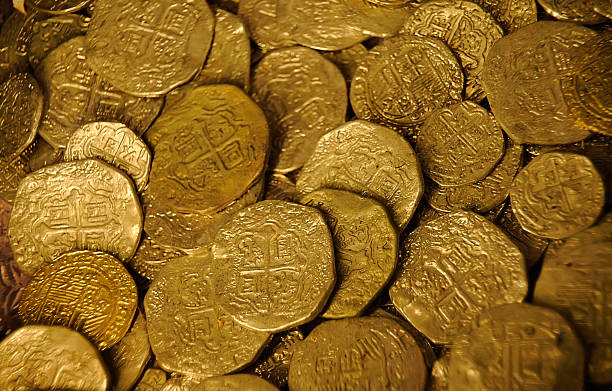
Chapter Outline
Part 1: Gold in the Present Day
- The Modern Gold Market: Trends and Drivers
- Current market dynamics, key players, and price influencers.
- Gold’s role in global finance and portfolio strategies today.
- Gold’s Response to Economic Shocks
- The impact of the COVID-19 pandemic and recent geopolitical crises.
- How gold performs as a hedge in uncertain times.
- Gold and Technological Innovations
- The rise of gold-backed cryptocurrencies and digital trading.
- Innovations in gold mining, sustainability, and ESG concerns.
Part 2: The Recent Past (1970s–2000s)
- The End of the Gold Standard (1971)
- The Nixon Shock and its consequences for global markets.
- Gold’s transition to a free-floating asset.
- The Bull Market of the 1980s
- Gold’s record price of $850 per ounce in 1980.
- Inflation, oil crises, and geopolitical tensions as catalysts.
- Gold’s Role in the Global Financial Crisis (2008)
- Gold as a safe haven during the collapse of major financial institutions.
- Investor behavior and lessons from the crisis.
Part 3: The Early 20th Century
- The Gold Standard Era (1900–1933)
- The role of gold in stabilizing currencies and trade.
- The Great Depression and Roosevelt’s gold confiscation.
- World War II and the Bretton Woods System
- Gold’s pivotal role in rebuilding global economies.
- The establishment of the U.S. dollar as the dominant reserve currency.
Part 4: Looking Ahead
- The Future of Gold Investing
- Potential trends: gold-backed digital currencies, decentralized finance, and shifting demand.
- Gold’s role in emerging markets and central bank reserves.
- Gold in a Changing World
- The impact of climate change and sustainability concerns on gold mining.
- New opportunities for investors in a technologically advanced world.
- A Timeless Asset: Lessons from Gold’s History
- Recap of gold’s transformation over the past century.
- Why gold will continue to be a cornerstone of wealth preservation.
